How to grow Aloe Awesome on a windowsill?
Aloe Awesome - one of the types of medicinal plants. It is distinguished by its appearance, unusual for this shrub. Usually aloe grows upward, having a strong stem, on which pointed dense leaves are arranged in a checkerboard pattern. The intimidating appearance is a rosette of sturdy, long, fleshy leaves. Owners of such a plant should familiarize themselves with the rules for its cultivation and reproduction.
Content:
- Description of the variety
- Growing conditions
- Reproduction and planting
- How to properly care for a plant?
- Possible growing problems
- Application of aloe
Description of the variety
In a bush rosette, there can be from 30 to 60 full-fledged lance leaf plates. Almost all the foliage stretches upward, reaching 15 cm in width and about 1 meter in length.
The leaf plates are bright green in color. In the event of physiological shock, foliage often takes on a reddish tint. In some cases, pointed spines of a reddish-brown tone may appear on the surface of both sides. The latter are 6-10 mm in size. It is thanks to these formations on the leafy canopy that the aloe variety got such a name as frightening or terrible.
In the core of the plant grows an oblong stem ending in a flower.
Its length in height ranges from 80 to 90 cm. In good conditions, the shrub throws out not one arrow, but several. The inflorescences on the plant can have a reddish color with an orange tint that ranges from neutral to fiery. In nature, there are types of frightening aloe, which have snow-white inflorescences or flowers with a yellow tint.
A shrub native to South Africa. It differs from other varieties of aloe in that the foliage often varies in color. It is manifested either by a shade of brown, or by a marsh color. The inner sap of the leaves is more bitter than ordinary medicinal aloe. But despite this, the plant is also grown for medicinal purposes, even giving a separate territory for settlement. In good conditions, the weight of one sheet can be up to 2 kg. For its beneficial qualities, the Intimidating variety is valued more than others. Its juice and pulp are used as dietary supplements, and also as a composition of cosmetics.
Growing conditions
It is believed that aloe is a rather unpretentious plant, but if you completely forget about its care, then the cultivation of the medicinal plant will quickly stop and the shrub will simply die. An important feature of the flower is that aloe adapts to all conditions. He easily tolerates high temperatures and lack of watering.
The following rules for growing succulents are distinguished:
- Lighting - before placing a flower in an apartment, it is recommended to choose the optimal place of residence for it. In wildlife, the shrub gets along well in well-lit spacious areas, not darkened by neighboring plants or trees. Therefore, it is recommended to plant the plant on the south side of the house.But at the same time, the succulent favorably tolerates the lack of sunlight. This condition is often observed in the winter. But the plant should not be forever placed in the eternal shadow. In this case, the foliage will stretch significantly and lose its rich shade. We'll have to additionally turn on the backlight. Therefore, it is worth taking care of a sufficient amount of sunlight in advance.
- Temperature - the variety can be taken out into the street in summer, elevated air degrees will not harm the succulent. Some gardeners plant the plant out of tubs in open ground for the entire summer period. In room conditions, the temperature regime should be maintained in the range of +21 .. + 26 C. With winter drops in degrees, it is not recommended to lower it to +10 C. This mark is the minimum at which the succulent is able to grow and develop normally.
- Soil - although a plant naturally grows on different soils, in indoor cultivation, a fertile, loose and light soil is required for high-quality growth. In the store, a soil substrate for succulents is purchased specifically for aloe. The maximum amount of nutrients and trace elements has already been added to it.
- Humidity - air humidity does not matter for aloe. For her, spraying is needed only to clean the dust that has adhered to the sheet over time.
Thus, growing a plant is not difficult. The main thing is to pick up high-quality soil during planting, on a loose basis. If the water stagnates, then root system will start to rot. It is because of the likelihood of losing a flower that you need to root it in light and loose soils.
Reproduction and planting
The plant needs to be repotted periodically. This is required because the bush has a very developed root system. For a short period, it grows, completely encircling the entire pot. In addition, for the active growth of aloe, it is required to change the soil, due to the fact that the rhizomes completely impoverish the soil substrate, sucking out all the useful substances from it.
At a young age, the shrub is transplanted 1 time in 12 months, and it is recommended to transfer an adult plant to a new place of residence 1 time in 3 years.
For planting, you need to pick up a sufficiently deep flowerpot, while the lower part of it is pre-filled with drainage. It is necessary so that excess moisture does not stagnate inside the earth, provoking fungal diseases.
Reproduction is best done with scions. Aloe Awesome does not differ in the peculiarity of obtaining a large number of children, but with the help of leafy shoots it reproduces quite easily:
- Before planting the shoots in the prepared substrate, the cut should be allowed time to dry, and sprinkled with activated charcoal on top or wood ash.
- deepening, the optimal planting depth is calculated - no more than 3 cm, the soil mixture should be well moistened and thoroughly loosened.
- After planting, the seedling is covered with a plastic bag or plastic cup to create greenhouse conditions.
- It is not necessary to water additionally after deepening. The applied amount of liquid should be enough until the first rhizomes appear.
It is also possible to grow aloe using seed material. This type of reproduction is the most suitable way to obtain an exotic plant - Aloe Awesome. After all, it is almost impossible to get a shoot, and even more so a baby of a tropical bush.
For planting, seeds should be mixed with river sand and planted in moist airy soil. After the appearance of the first shoots, it will be necessary to thin out the planting somewhat, eliminating the weak and lifeless shoots. As it grows, each seedling moves to a separate container for further growth.
How to properly care for a plant?
To get a gorgeous overgrown plant, it is recommended to take good care of the seedling.To do this, there are several basic requirements for caring for a shrub:
- Watering - at the time of the growing season, when the plant is rapidly growing, irrigation of the bush should be carried out abundantly and constantly. But an important condition for the next introduction of the nutrient fluid is the dried earth in the flowerpot. You should not overflow the plant significantly, turning the soil into a swampy state. Such soil will adversely affect the development of not only the root system, but also the aerial part of the aloe. In winter, it is recommended to reduce watering to the minimum amount, allowing the plant to rest and prepare for the next flowering period. The main thing is to ensure that during watering in the autumn-winter period, until it is warm enough, the watering liquid does not flow into the core of the plant outlet. Otherwise, it is possible to provoke rotting of the upper point of growth, which will lead to disease or death of the entire shrub.
- Top dressing - it is recommended to periodically apply mineral fertilizers into the ground. This is necessary to saturate the shrub with nutrients. The procedure should be carried out no more than 2 times a month. Excessive fertilization stimulates the onset of diseases. Therefore, it is better to add less useful elements than to overdose the bush. For a plant, a universal feed for succulents is ideal. It can be purchased at any specialty flower shop.
Thus, following simple rules, you can grow a gorgeous plant with long foliage and several flower arrows.
Possible growing problems
Although the plant does not take much care, it is not whimsical in nature, it is often exposed to various diseases and pests. You should tirelessly monitor the condition of the bush in order to eliminate the problem that is beginning to form in time.
There are the following growing problems:
- The acquisition of a pale shade by the foliage and the methodical wilting of the plant is an excessive introduction of nutrient moisture into the soil substrate. Reduce watering. In the case of the appearance of rot on the roots, an urgent need to transplant aloe, while eliminating the damaged rhizomes.
- Drying of leaf plates, their yellowing - lack of potassium, the presence of a large amount of chlorine in the water for irrigation, oxygen pollution by smoke from tobacco products. Frequent airing of the room where the plant is located should be carried out. Irrigate only with settled water, at room temperature.
- Slow development and growth - compacted soil. It is recommended to transplant into light soil with a high nutrient content.
- Growth stops completely, the drying of the central stem is recorded - root rot is revealed. It is required to remove excess watering, while transplanting the plant into a new pot with drainage, cutting off all damaged areas of aloe.
- The gradual wilting of the bush, the presence of white lumps in the forks of leaves - an invasion mealybug... Elimination by hand from the leaves of the parasite. Exposure of foliage to chemical insecticides for pest control.
- Slowing down the growth of shoots, the formation of knotty joints on the root system - the emergence of a root nematode. Removal of formations, disinfection of the root system in a solution of Potassium Permanganate, transportation to fresh soil calcined in the oven.
In order not to provoke such ailments in the fearsome aloe, all conditions for growing and care should be carefully followed. In addition, you need to constantly monitor the state and quality of development of the bush.
Application of aloe
Aloe awesome is grown both as an ornamental plant, as well as for use as folk remedies. It requires a lot of space to grow, but it has much more beneficial effects on the body than an ordinary indoor aloe.Fresh foliage and plant sap is actively used for the manufacture of pharmacological drugs. It is also often used for home therapy as a treatment for various diseases.
To obtain nutritious and medicinal juice, it is recommended to take only the lower "ripe" leaves.
They provide the maximum allowable amount of nutrients. The resulting consistency must either be taken immediately, or the syrup must be boiled and cooled, stored in the refrigerator. The plant is used for atherosclerosis and diabetes mellitus. Its medicinal properties allow you to numb the wound, eliminate pathogenic microorganisms in cuts and abrasions. When exposed to it, the processes of rapid regeneration of skin tissue are activated.
The plant is often used in cosmetology to treat acne, eliminate the inflammatory process. Aloe juice helps to relieve swelling and eliminate swelling. The product is required for the manufacture of anti-aging cosmetics. It is used to whiten age spots and tones the skin surface.
Thus, aloe is a frightening not only a beautiful ornamental plant, but also a nutritious shrub with a large set of useful vitamins. Its correct cultivation and care allows you to achieve large sizes and attractive appearance.
More information can be found in the video:







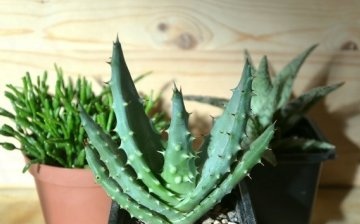
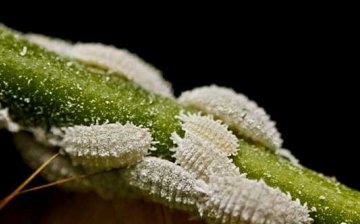










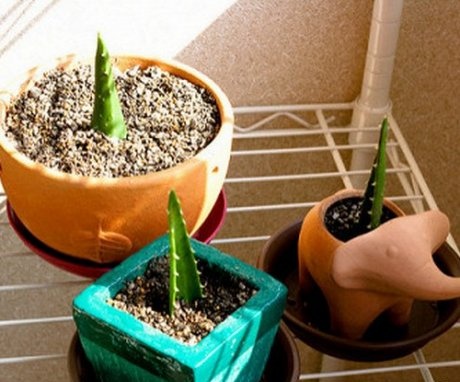
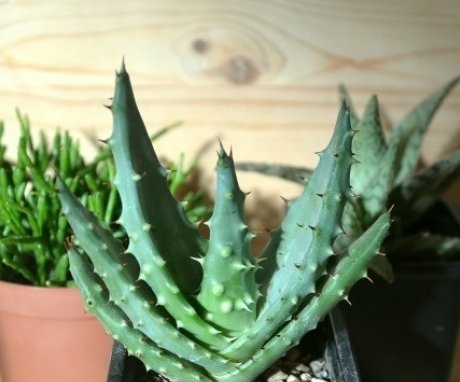
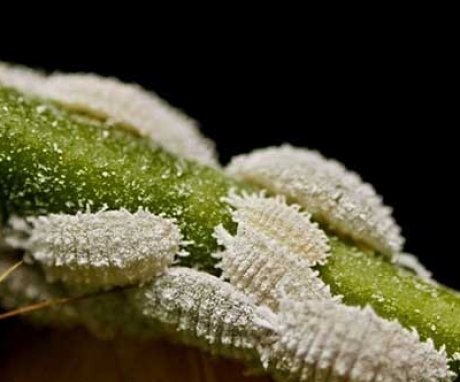
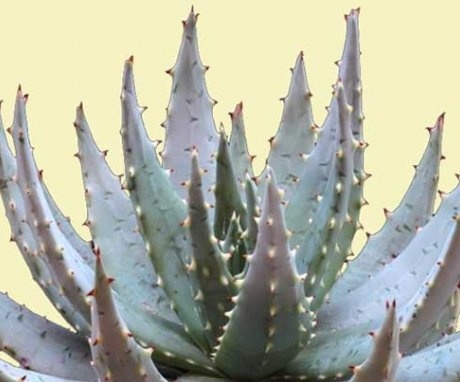
I have several indoor Aloe growing on my windowsill and for all the time there have been no problems with these flowers. Except for one! This is watering. I draw your attention to the fact that you need to be careful with him. Otherwise, the flowers will die.
No matter how much I grew aloe, I never observed any problems with it. It always seemed to me that it would survive a nuclear war, so unpretentious. I used the leaves for cosmetic purposes for face masks.